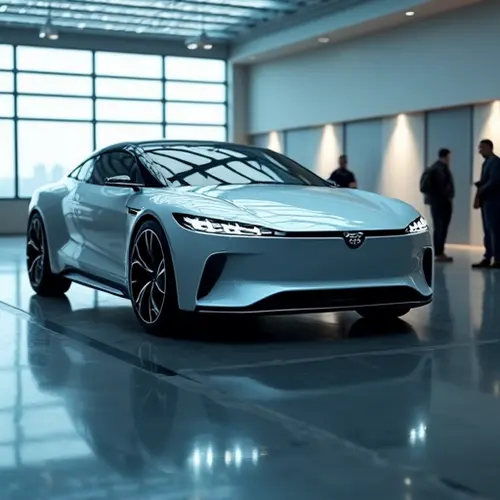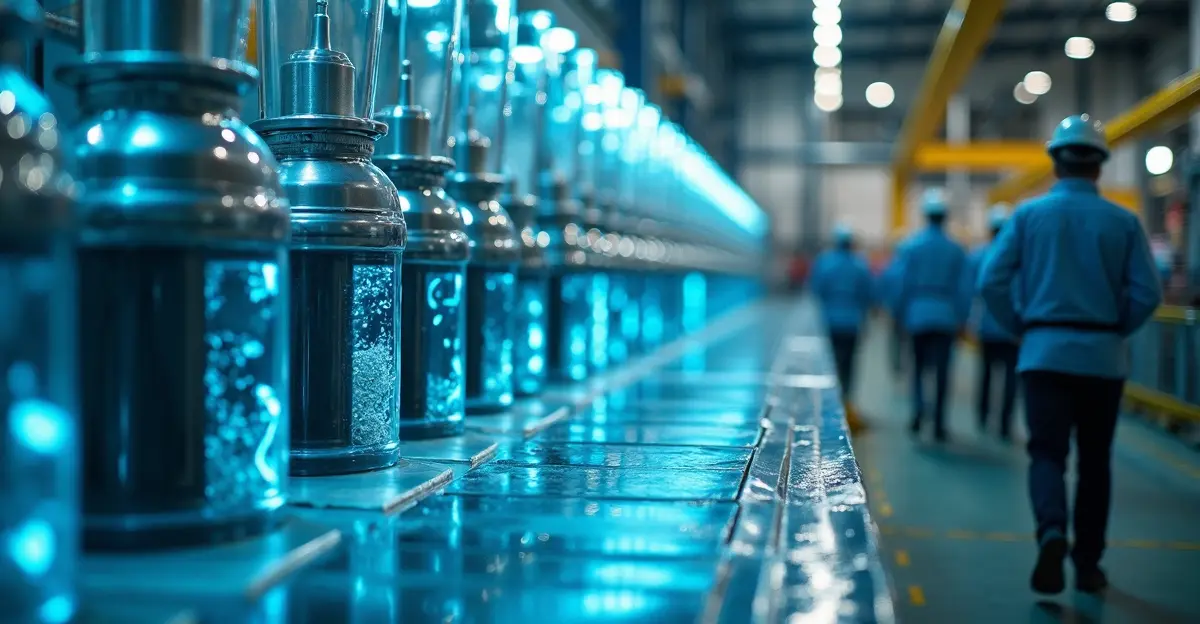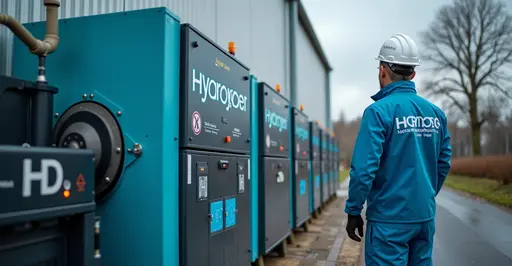
The Debate: Hydrogen Cars vs Battery EVs
The automotive industry is at a crossroads as it seeks sustainable alternatives to fossil fuels. Two leading contenders are hydrogen fuel cell vehicles (FCEVs) and battery electric vehicles (BEVs). While BEVs dominate the current market, FCEVs are gaining traction, especially for commercial fleets. This article explores the strengths and weaknesses of both technologies and their potential for widespread adoption.
Hydrogen Fuel Cell Vehicles (FCEVs)
FCEVs generate electricity through a chemical reaction between hydrogen and oxygen, emitting only water vapor. They offer several advantages, including rapid refueling (comparable to gasoline vehicles) and longer ranges, making them ideal for long-haul transportation and commercial fleets. However, challenges remain, such as the high cost of hydrogen production, limited refueling infrastructure, and energy losses during hydrogen compression and transportation.
Battery Electric Vehicles (BEVs)
BEVs, powered by rechargeable lithium-ion batteries, are currently the more popular choice. They benefit from a well-established charging infrastructure, lower operational costs, and higher energy efficiency compared to FCEVs. However, BEVs face limitations in range and charging times, which can be problematic for commercial fleets requiring continuous operation.
Commercial Fleet Adoption
For commercial fleets, the choice between FCEVs and BEVs depends on operational needs. FCEVs excel in applications requiring long ranges and quick refueling, such as trucking and logistics. BEVs, on the other hand, are better suited for urban delivery services with predictable routes and access to charging stations.
The Road Ahead
Both technologies have a role to play in decarbonizing transportation. Advances in hydrogen production, such as green hydrogen from renewable energy, could make FCEVs more viable. Meanwhile, improvements in battery technology and charging infrastructure will continue to bolster BEVs. The future may see a hybrid approach, with fleets leveraging the strengths of both technologies.

 Nederlands
Nederlands
 English
English
 French
French
 Deutsch
Deutsch
 Espaniol
Espaniol
 Portugese
Portugese









